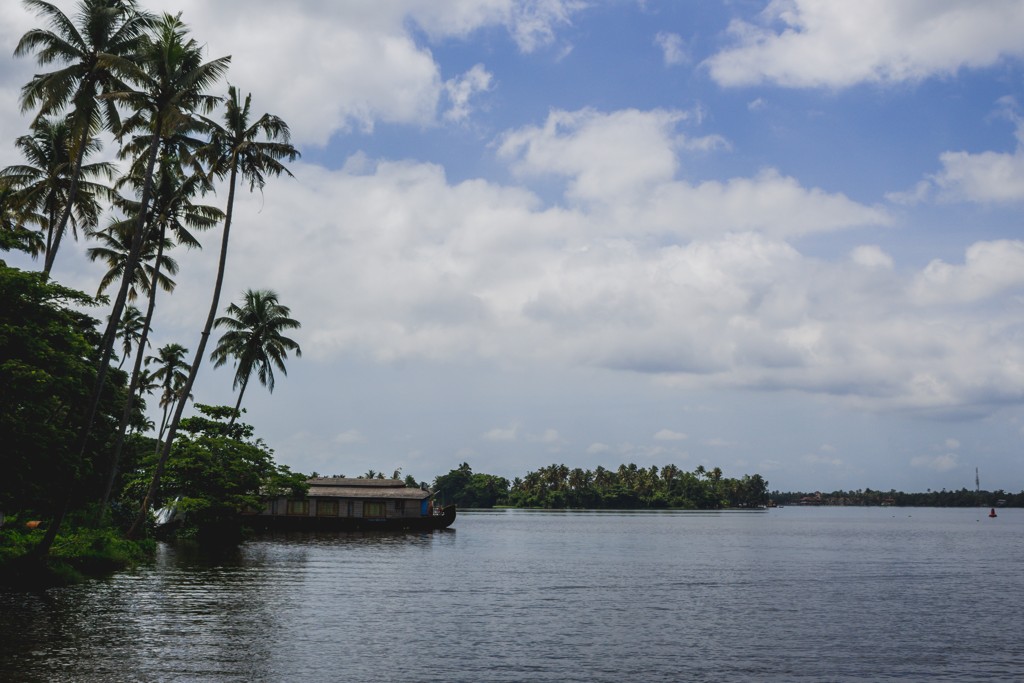Vemaband Lake is a vast transitional ecotone between sea and land and is a vibrant coastal wetland habit that contributes over 50% of the total area of the backwaters. It is distinctive in terms of physiography, climate, hydrology, geology, land use, flora and fauna. And is the largest on the southwest coast of India, extends to a length of 90 km and is spread across three districts of Kerala has a total surface area of 36,500 ha. The main source of freshwater for the Vembanad backwater is two large rivers Pamba in the south and Periyar in the North along with four small rivers network viz. Manimala, Achenkovil and Meenachil flows into the south of Thanneermukkom bund and Muvattupuzha river flows into the Cochin backwaters north of Thanneermukkom bund.
The Vembanad wetland ecosystem embraces the Vembanad backwater, the low-lying area of the deltaic region, the adjoining Kole lands, marshes, lagoons, mangrove forests, reclaimed land and an intricate network of natural and manmade canals and the speciation of the flora and fauna. The rich biodiversity and socio-economic importance of the region led to the declaration of the lake as the largest Ramsar site on the southwest coast of India, a wetland of global significance. And serve as a rice bowl of Kerala that forms a major hotspot of biological diversity lying 0.5m to 1m below mean sea level. The mangrove patches and islands in the lake make available environments for residents, seasonal migrants and other aquatic organisms.
In connection with the Vembanad Lake, Thanneermukkom bund to check the intrusion of saline water. The lake has a freshwater dominant southern region and a salt-water dominant northern region, both separated by a barrage at Thanneermukkom to augment agricultural activities at Kuttanad. And a spillway at Thottapally to drain the floodwaters plays a significant role in creating a pathway for spilling the surplus water flowing into this region from the Pampa river basin. Both the interventions in Vembanad Lake made for the development of Kuttanad and agriculture. The rivers namely Pampa, Manimala, Achankovil and Meenachil join the Arabian Sea in and around Thottappally and Thanneermukkom.
The lake has a major role in the economical potential, the low-lying deltaic wetland region and the fertile Kole land compose about 24% of the paddy lands of Kerala. Retting of coconut husk in the wetland and production of coir is a major small scale industry and also fisheries are predominant in the region. Along with, tourism also generates the leading amount of revenue for the state from the houseboat operation.

